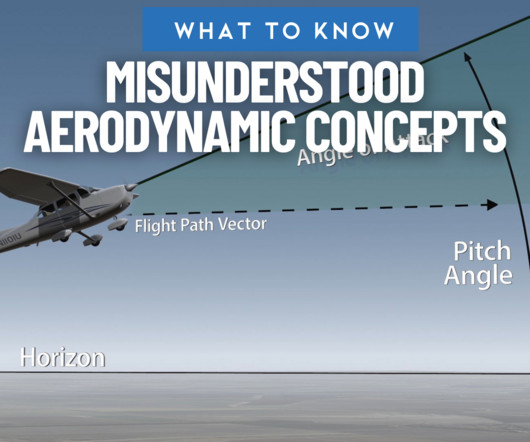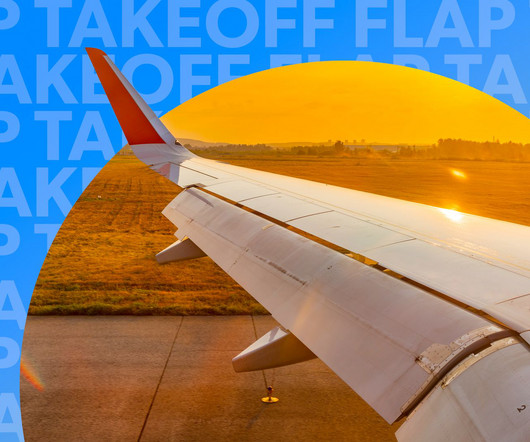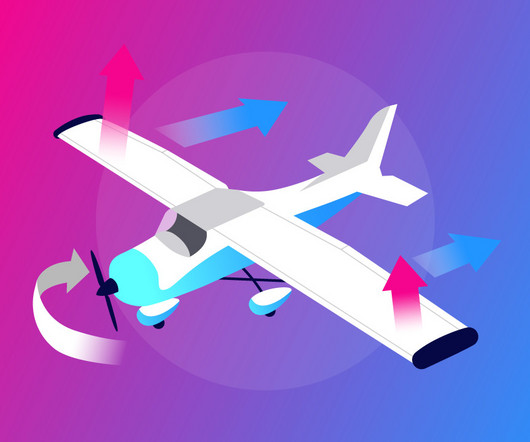5 Most Common Aircraft Flap Types (Explained by a CFI)
Northstar VFR
MAY 26, 2025
When deployed, they increase the wings lift and drag, allowing the airplane to fly safely at slower speeds. When flaps extend, they increase the camber (curvature) of the wing, which boosts the amount of lift the wing generates. At the same time, flaps create extra drag, which helps slow the airplane down.

















Let's personalize your content